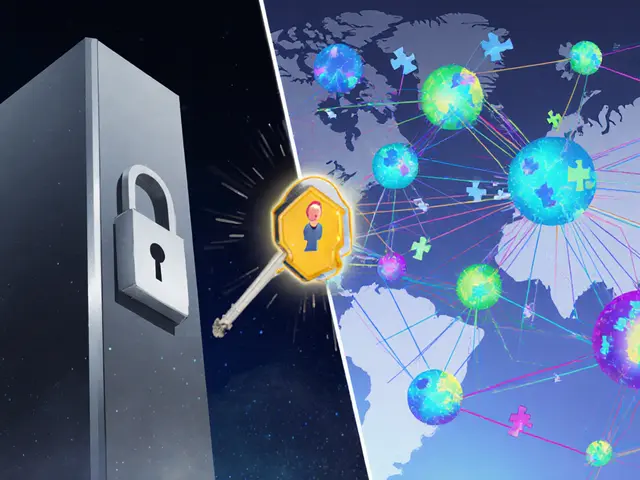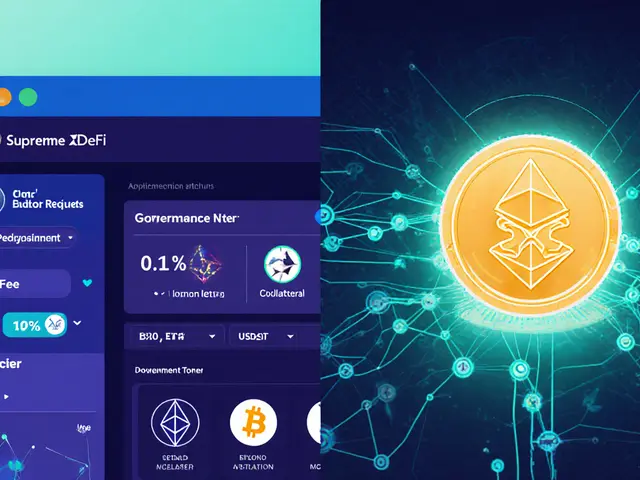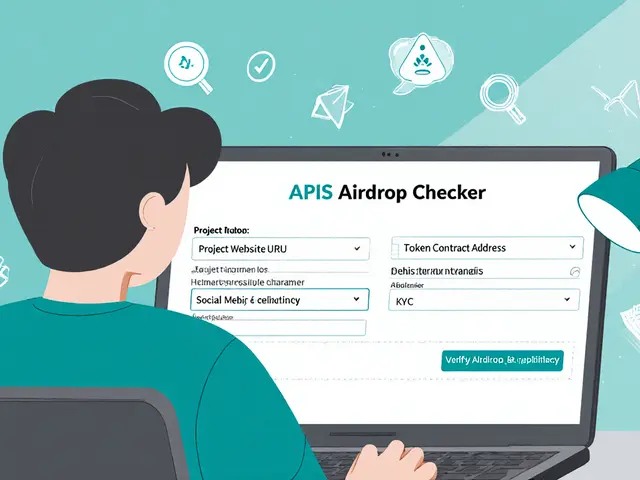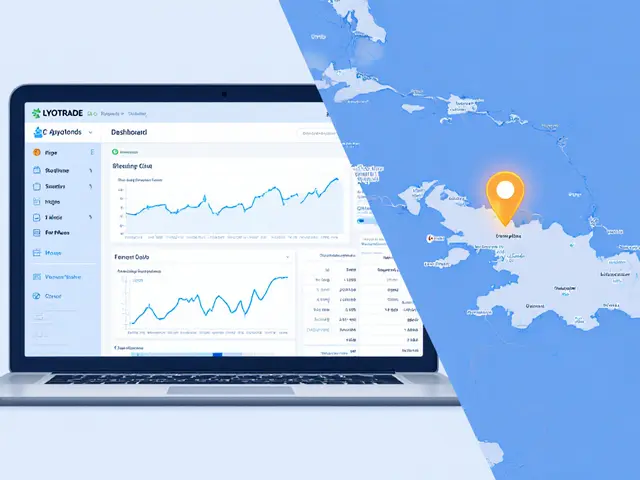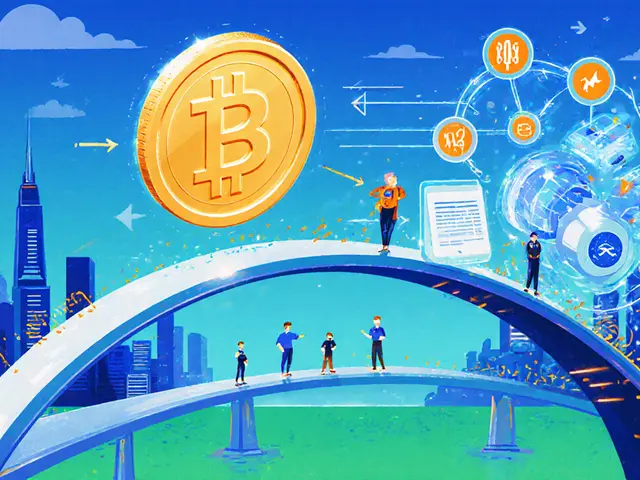LRC Token: What You Need to Know
When working with LRC token, the native utility token of the Loopring protocol that powers fast, low‑cost decentralized trading and payments. Also known as Loopring Coin, it enables zkRollup‑based order matching and liquidity sharing across exchanges. In plain terms, LRC is the fuel that lets you trade on a network designed to be cheaper and faster than traditional blockchains.
The core engine behind LRC is the Loopring protocol, a layer‑2 scaling solution that batches thousands of trades into a single proof, cutting gas fees dramatically. Because the protocol handles order matching off‑chain while settling final balances on‑chain, users keep control of their assets and avoid the custody risks of centralized venues. This design directly influences how LRC is used: the more orders processed, the higher the demand for the token to pay fees and earn rebates.
Another key player is the decentralized exchange, any trading platform built on Loopring that lets users swap assets without giving up private keys. DEXs built on Loopring benefit from the protocol’s speed, and in turn they drive LRC adoption by requiring the token for fee discounts, liquidity mining rewards, and governance voting. This creates a feedback loop: as more DEXs launch, LRC usage grows, which fuels further protocol upgrades.
Tokenomics and Utility
The tokenomics, the economic design that defines supply, distribution, and incentive mechanisms for LRC. LRC has a capped supply, with a portion allocated to ecosystem grants, liquidity providers, and staking rewards. Stakers lock LRC to earn a share of transaction fees collected by the network, turning the token into a source of passive income for long‑term holders. This stake‑and‑earn model aligns user interests with network health, encouraging participants to secure the system and propose upgrades.
Regulatory considerations also shape LRC’s landscape. Recent crypto regulation trends—like tighter KYC requirements for exchanges and clearer definitions of utility tokens—affect how projects market LRC and how users can trade it. For example, jurisdictions that treat utility tokens as securities may restrict certain LRC‑based services, while friendlier environments promote broader adoption of Loopring‑powered DEXs.
From a practical perspective, anyone can acquire LRC on major centralized exchanges, then bridge it to a supported wallet to interact with Loopring DEXs. The process typically involves three steps: buy LRC, transfer to a wallet that supports ERC‑20 tokens, and connect the wallet to a Loopring interface. Once inside, you can place limit orders, provide liquidity, or stake your tokens for rewards.
Security is baked into the protocol. Zero‑knowledge proofs ensure that order data is hidden from the public while still being verifiable, reducing the attack surface compared to older DEX designs. Additionally, because users retain custody of their private keys, the risk of exchange hacks is minimized—your LRC stays safe unless you expose your seed phrase.
Looking ahead, upcoming upgrades aim to improve throughput and introduce new governance features. The community can vote on protocol changes using LRC, making token holders active participants in the roadmap. This democratic element reinforces the token’s utility beyond simple transaction fees.
When we talk about LRC’s market performance, it’s useful to track real‑time price data, volume spikes, and new listings. Our platform provides live charts, alert settings, and comparative tools so you can see how LRC stacks up against other utility tokens. Spotting trends early helps you decide when to buy, sell, or stake.
In summary, LRC sits at the intersection of cutting‑edge scaling tech, decentralized trading, and token‑driven incentives. It powers the Loopring protocol, fuels DEX activity, rewards stakers, and participates in governance. Understanding these relationships equips you to navigate the token’s ecosystem effectively.
Below you’ll find a curated selection of articles that dive deeper into LRC’s price action, tokenomics analysis, airdrop strategies, and regulatory outlook. Use them to sharpen your strategy and stay ahead of the curve.
Learn what Loopring (LRC) is, how its zkRollup Layer2 tech works, token economics, real‑world use cases, risks, and how to start trading.


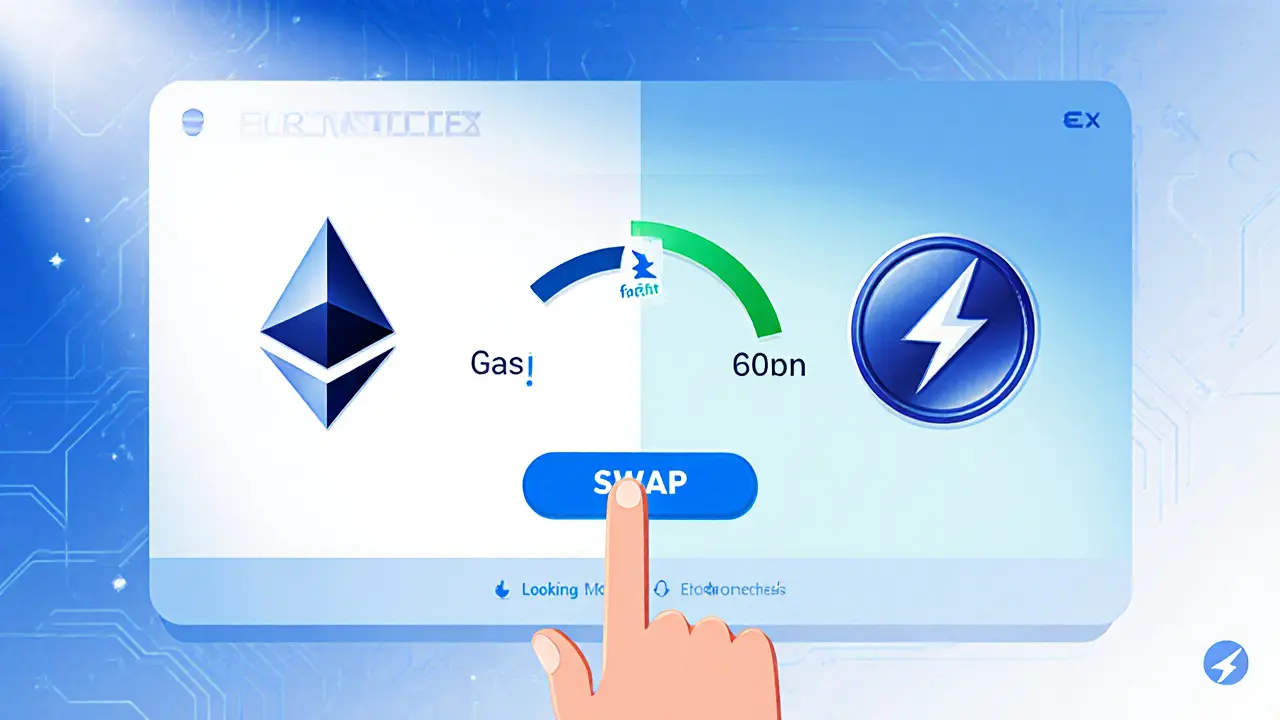
 Finance
Finance
